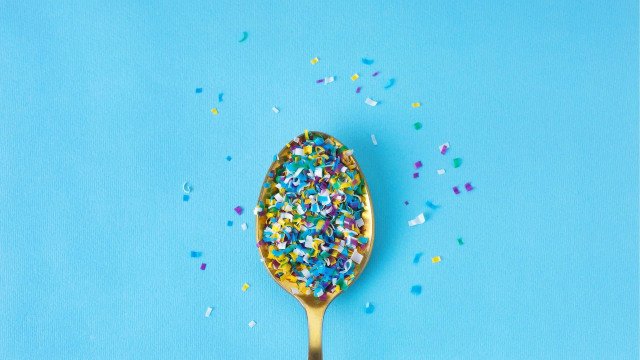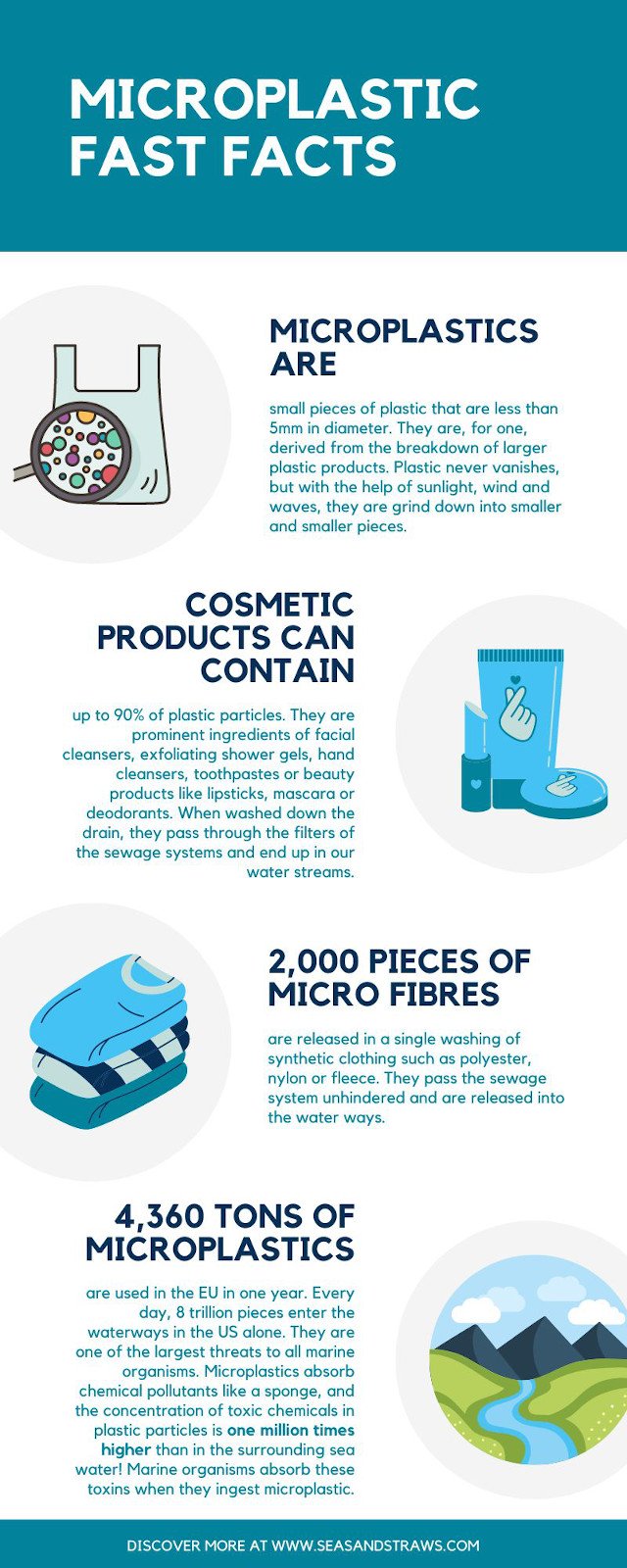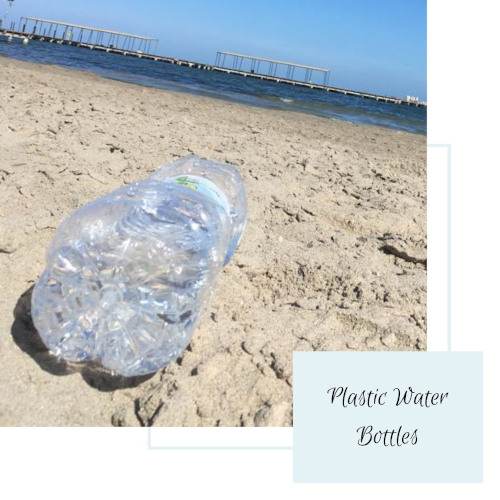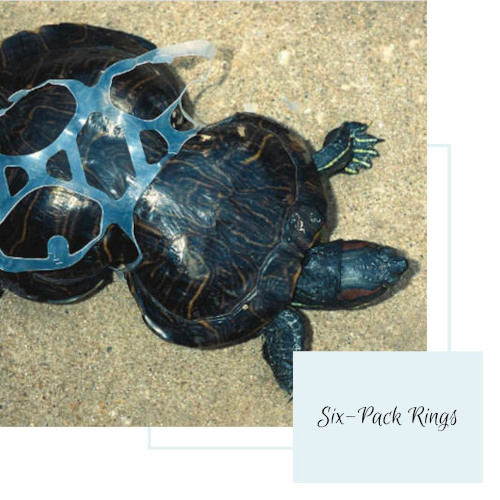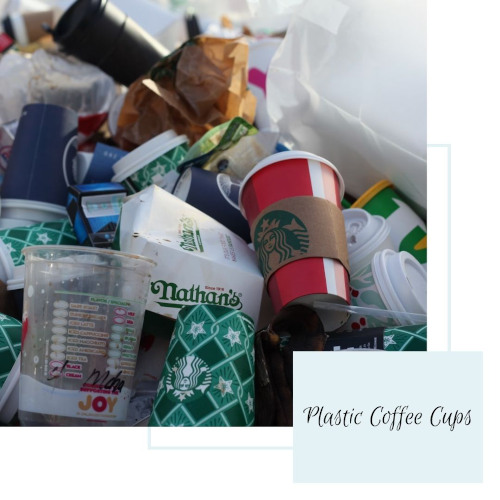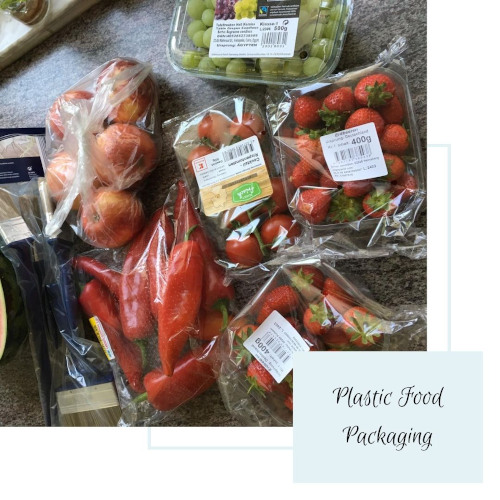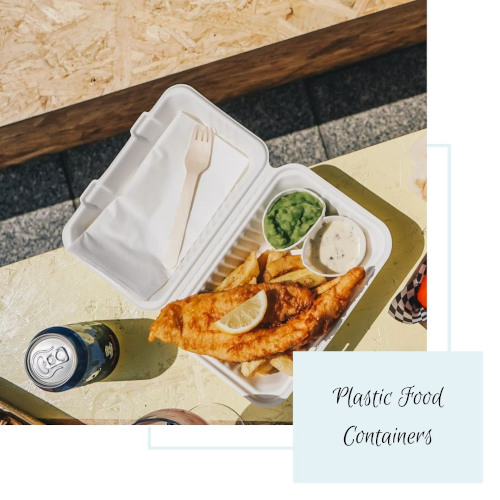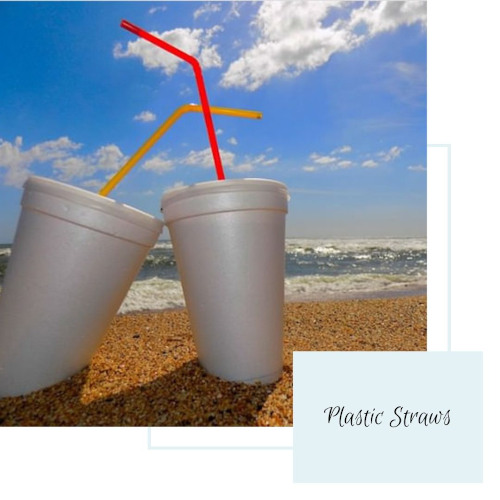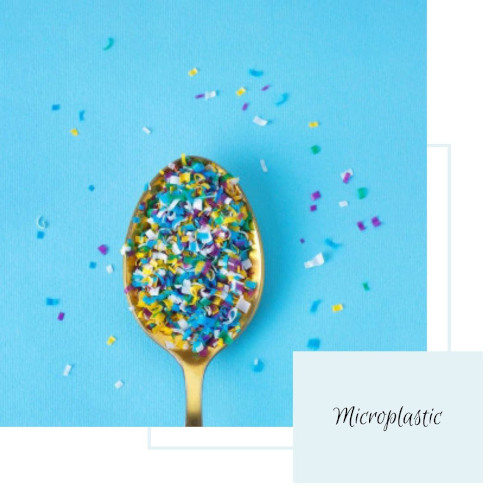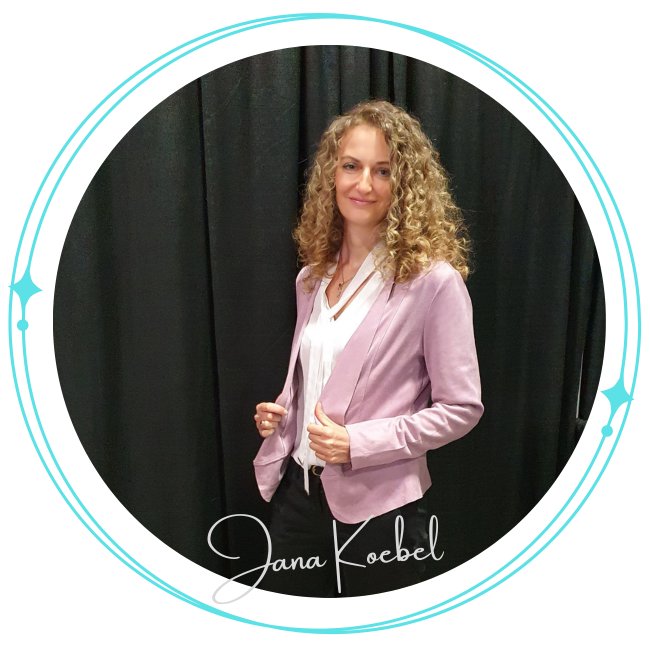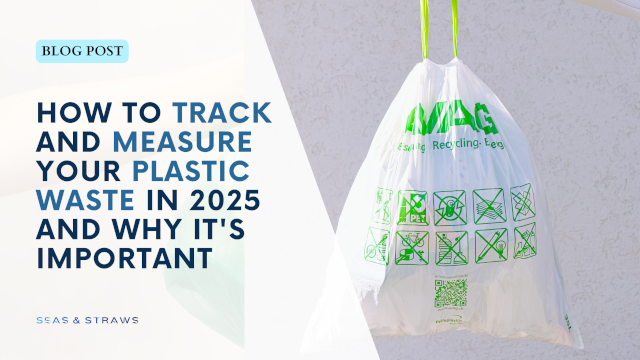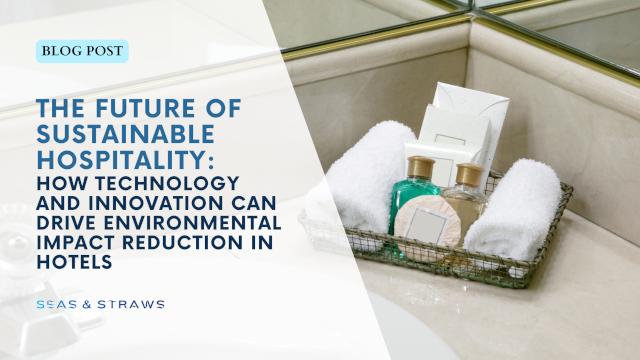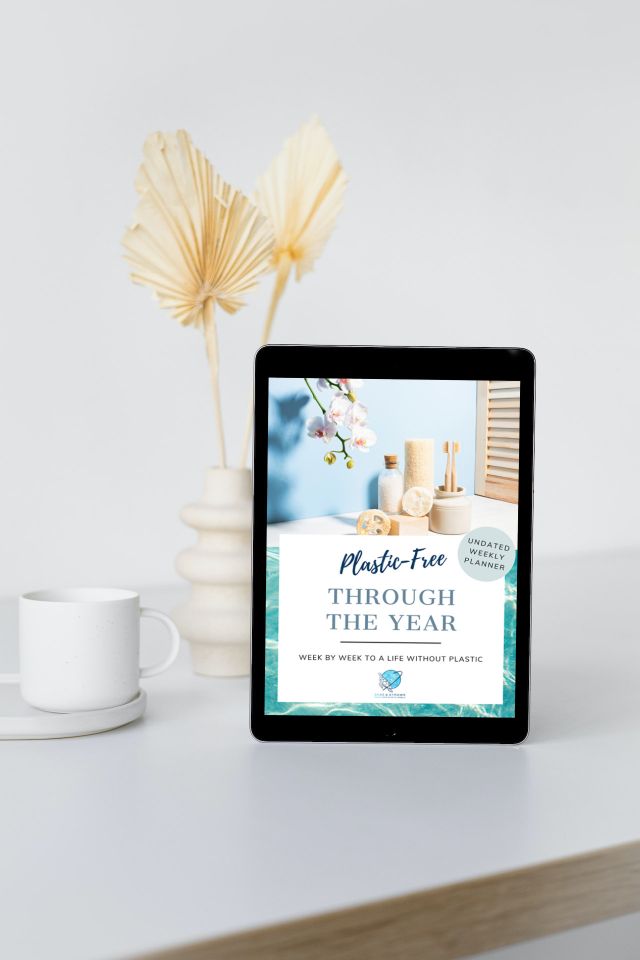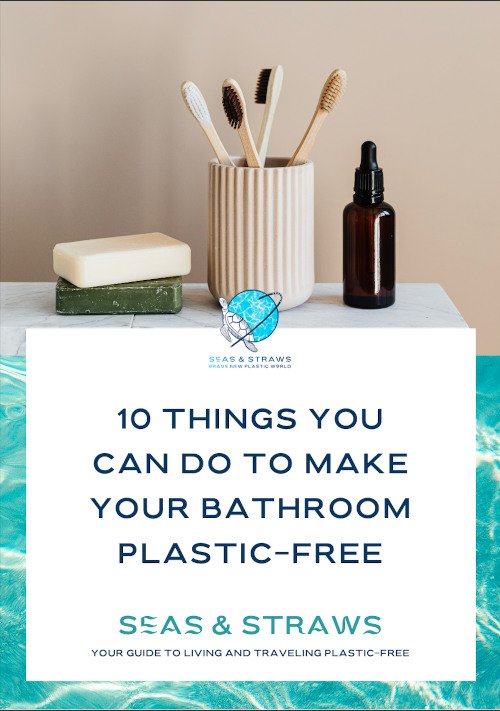- Home
- Plastic at Home
- Microplastic
- Microplastics in Human Blood
There May Be Plastic in Your Blood
“Made of plastic” may be taking on a whole new meaning.
In a recent study conducted by the Vrije Universiteit Amsterdam in the Netherlands, scientists found microplastics in the blood of nearly 80% of the test subjects. Before we look at the details of this study and what this means for us all, let's take a quick look at microplastics in general.
Microplastics- what are they and where are they from?
Plastics are non biodegradable, which means the tons of plastics we dump into our oceans and on land can’t be broken down naturally and transformed into organic matter. They never disappear.
What they do though, is break into smaller pieces continuously until they’re too small to be seen by the naked eye. They can deteriorate into microscopic particles between 1 micrometre and 5 millimetres - that’s what we call microplastics. At this point, they may no longer be visible but they are definitely still there. You can find more about microplastics here.
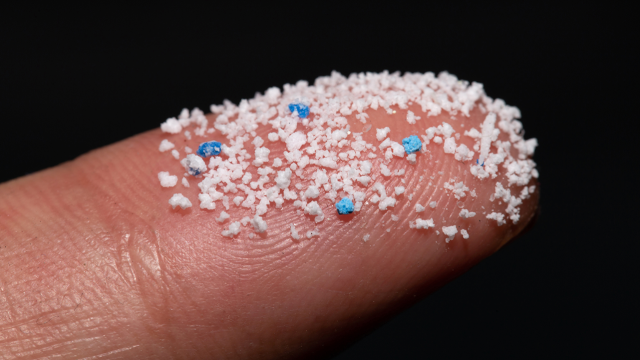 Microplastic particles are everywhere.
Microplastic particles are everywhere.They begin travelling around the world through natural processes like the evaporation-rainfall cycle and end up everywhere- in our food, our makeup, the air and water. Based on a study by the University of Newcastle, it’s estimated that we are consuming about 100,000 tiny microplastics (250 grams) every year. Whilst previous studies show that they eventually move through our bodies and out this new finding indicates that we may begin to live the rest of our lives without ever getting rid of them because now, they’re in our blood.
Microplastics in human blood
Although the presence of microplastics in our bodies isn’t new information (past research has shown that these particles enter our bodies regularly during breathing or taking in food or drinks, and these then find their way into many of our body systems), what this new research does is shed light on a new location in our bodies where these microplastics can hide- our blood.
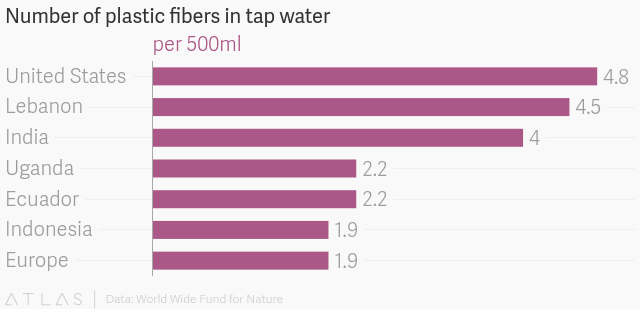 Microplastic can be found in tab water, too.
Microplastic can be found in tab water, too.The study tested 22 candidates, of which 17 returned blood tests with plastic in them. The breakdown:
- Half of the samples contained PET plastic, which is often used for drink bottles.
- A third contained polystyrene, used for packaging food and other products.
- A quarter of the blood samples contained polyethylene, from which plastic carrier bags are made.
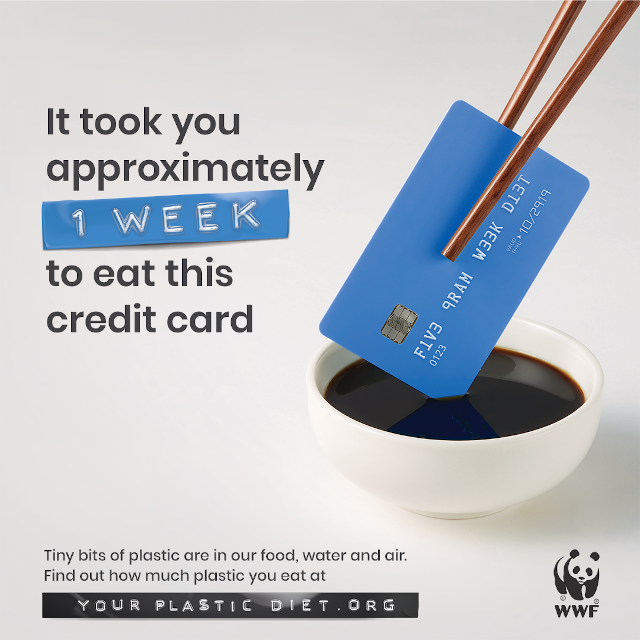 We eat a credit card worth of plastic every week. Photo © WWF.
We eat a credit card worth of plastic every week. Photo © WWF.As this is a new finding though, the results vary a lot from person to person and a lot of more tests need to be run to get conclusive results on how much of an impact this makes on our health. However, this is what we know;
Microplastics in our body- its impact
- Microplastics travel around the body and can get stuck in our organs. Particles less than 20 micrometres can cross the cell membrane and accumulate in tissues. Previous research detected microplastics in places like placentas, faeces and the human colon.
- A study by Universitat Rovira i Virgili shows that they can get attached to red blood cells and reduce oxygen flow.
- San Giovanni Calibita Fatebenefratelli hospital has found microplastics in the placentas of pregnant women-small enough to travel into the foetuses and pose potential health risks.
Insane how everyday items can have such a huge impact on us! This also shows how important our efforts to live plastic-free lives are- and striving for a zero-waste lifestyle is the best way to minimise your body’s exposure to plastic and the possible health ramifications of that.
The journey to zero plastic waste can be difficult to figure out though-which is why I created this weekly planner “Plastic Free Through The Year” to help guide you! Each week, you’ll be given new ways to make the sustainable transition and a template to keep yourself accountable and productive. Start your journey today.
get the facts!
Take action! Save and/or download this fact sheet. Take it with you and start a conversation. You can share it freely, I just ask that you credit Seas & Straws.
Download the fact sheet (pDF)
Click here to download your fact sheet on microplastic.
Want to make your home toxin-free, healthy and sustainable, too, but not sure where to start?
Microplastic is a big problem in your home. It's simply everywhere. If you want to reduce the amount of microplastic that you breathe in and ingest every day, and make your home healthy and safe for your children but aren't sure where to start, I'd love to help you! Email me on jana@seasandstraws.com or click here. In the meantime, check out my blog post about my Plastic-Free Coaching, here!
